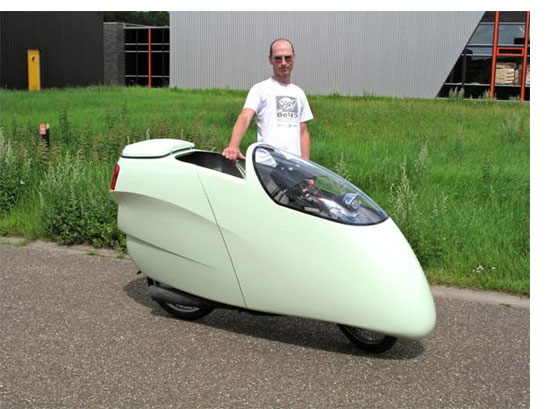This seems like a great place to post the road load equation:
Road load = (rolling resistance) + (aero drag) + (intertal and gravitational loads)
F = m*g*Crr*V + .5*rho*CdA*Vē + m*(g*dZ/dt+dV/dt)
Although many generalizations are available, there are no absolutes about the relative size of each term. I'd encourage you to measure each term for your driving style and set your priorities accordingly.
I will argue that the importance of reducing mass is underestimated. Hypermilers underestimate it because energy that you put in to the car during acceleration and ascent is stored as potential energy that is later released. However, if you brake, you've wasted that energy. Regen only recovers a certain percentage, though it's better than the 0% you get back without regen.
Mass begets mass: Adding a 50kg accessory to the car will require the addition of approximately 50kg of additional structure and propulsion systems. In the case of a gas engine, the larger displacement required as a result of additional mass also results in cruising at a higher BSFC.
I could write a book on the subject of automotive efficiency, but that's been done before, so I'll limit myself to another paragraph.
CdA. It is not due to a lack of knowledge about the benefits of boat-tailing, nor a lack of skill on the part of the responsible parties, that we so seldom see production cars shaped like a streamlined body. It is because aerodynamics is not the primary determinant of the car's basic shape, or even of many of the details. Customers desire a prominent grille, muscular fenders, open wheel wells, and an identifiable sedan or wagon. In the case where they allow a Priusian fastback, they desire a very usable cargo area with easy access. The Insight's cargo area is very small, and not tall enough to be very useful. This helps explain why this $20k, 60+MPG rated vehicle never sold in large quantities.
What we EcoModders are doing is striking a different balance between curb appeal, comfort, utility, versatility, cost, and efficiency. If you're willing to throw away EVERYTHING expect efficiency, you can build a 200+mpg vehicle.
A vehicle with relatively high road load:

A vehicle with lower road load, but less versatility. You can get
extremely low CRR bicycle tires, and I'd love to see an Edison2 that rolls on four of them. The safety aspect might be lacking, so drive carefully.

"Critical Power human powered vehicle is one of the most energy efficient vehicles in the world. With a drag coefficient of .25 (CdA sq ft), wheel rolling resistance of .0050 (Crr) and weight of 70 pounds..."
So there's two examples of very low CdA combined with very low mass.